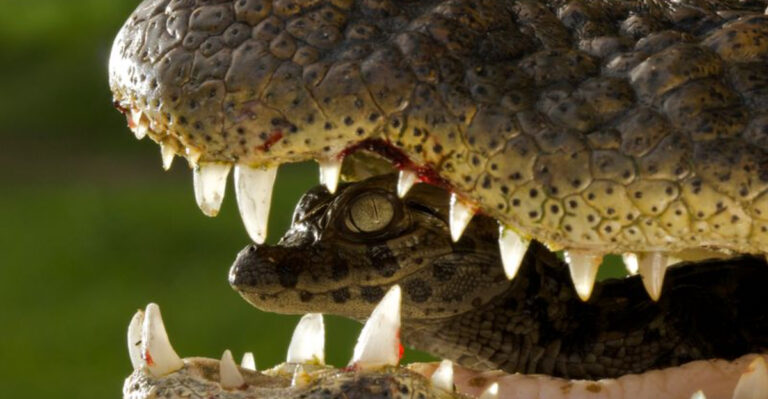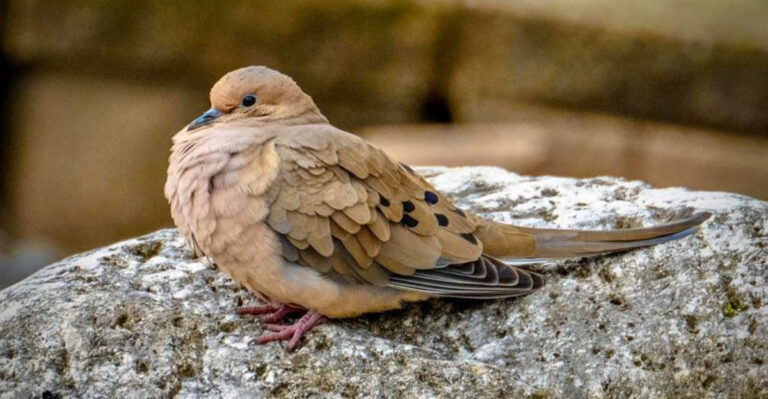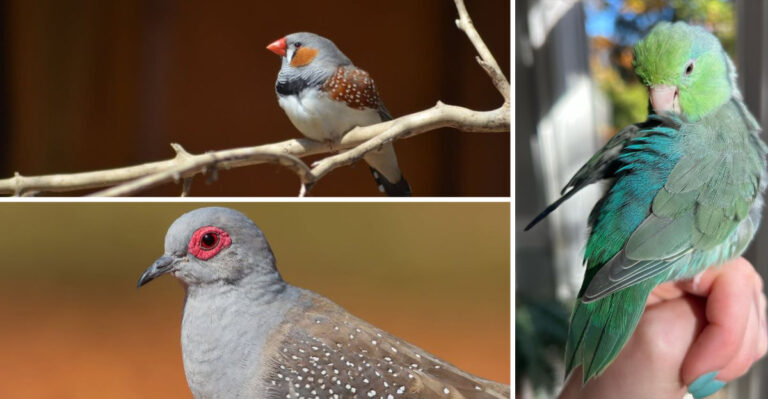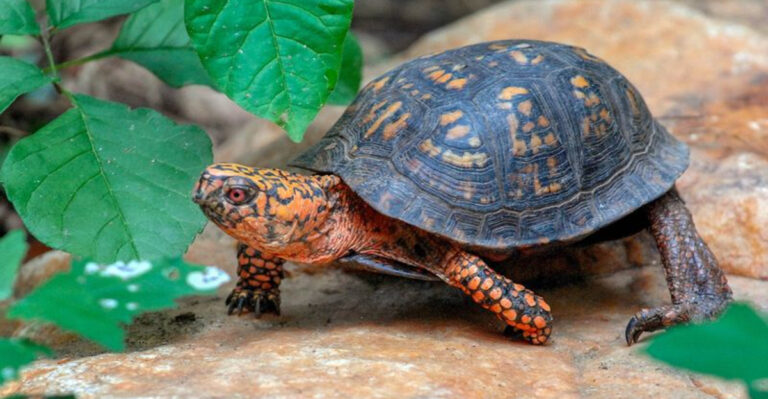These Are The 16 Smallest Amphibians Ever Spotted In The U.S.
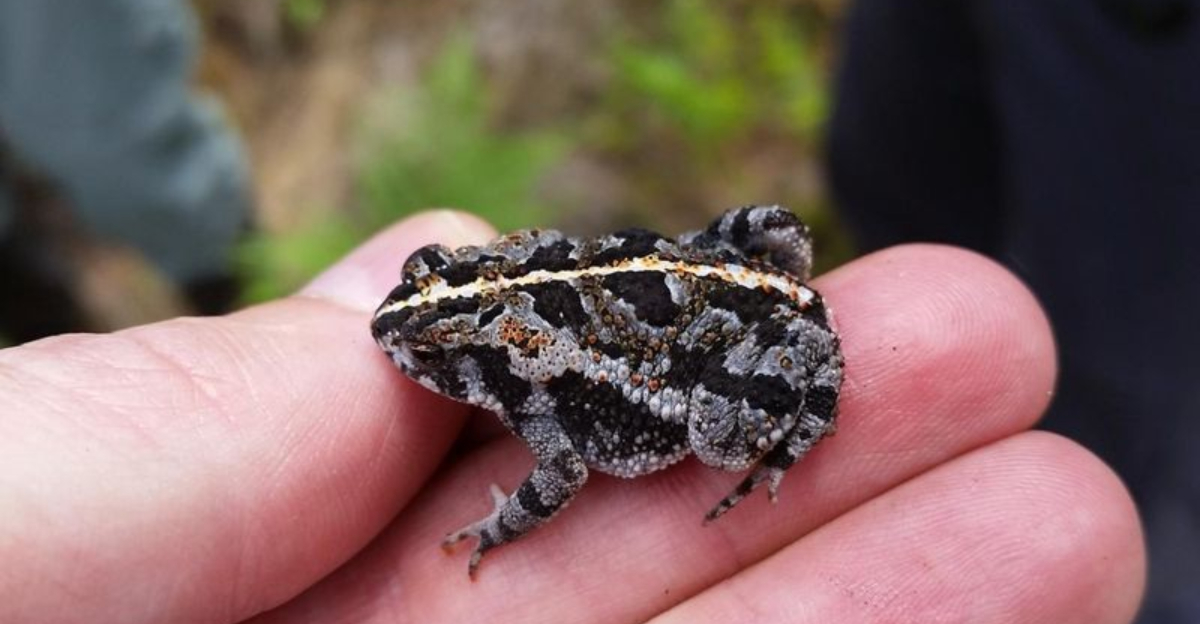
Imagine creatures so tiny that they can fit comfortably on a coin, yet they play essential roles in their ecosystems.
The world of small amphibians in the U.S. is fascinating, full of unique adaptations and survival strategies. These petite wonders often go unnoticed, but their presence is crucial for maintaining the ecological balance.
1. Eastern Narrow-Mouthed Toad

The Eastern Narrow-mouthed Toad is so small it could almost be mistaken for a jumping bean! With skin as smooth as a pebble, these little toads are masters at hiding in leaf litter.
Their narrow mouths hint at their diet – mostly ants and termites. You might hear their unique bleating call after a good rain.
If you’re ever wandering through a damp forest, keep an ear out for this tiny singer – it’s keeping the ecosystem in harmony.
2. Little Grass Frog
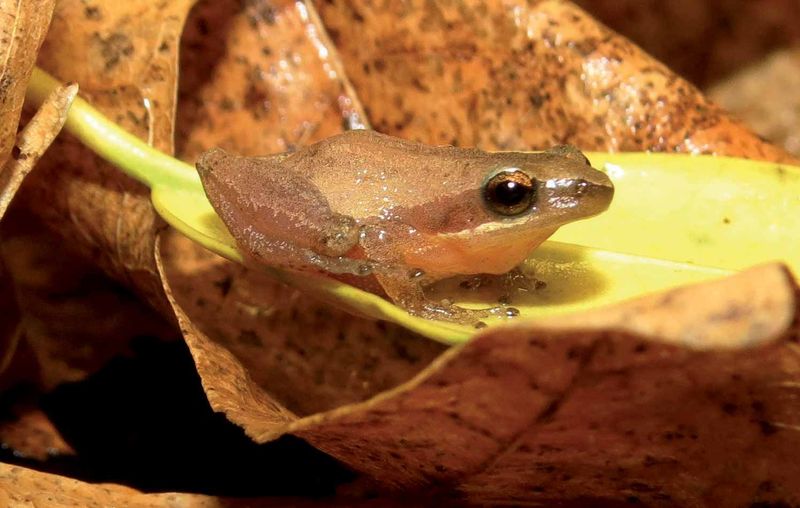
The Little Grass Frog is about as tiny as a frog gets! Perched delicately on a blade of grass, it can be mistaken for a dew drop. Its translucent skin glows under the sun, making it look like a living gem.
Despite its size, this frog boasts a surprisingly loud call, resonating through the marshes. It’s an acoustic marvel, proving that size doesn’t dictate sound. This little frog is an essential part of its wetland home.
3. Southern Chorus Frog
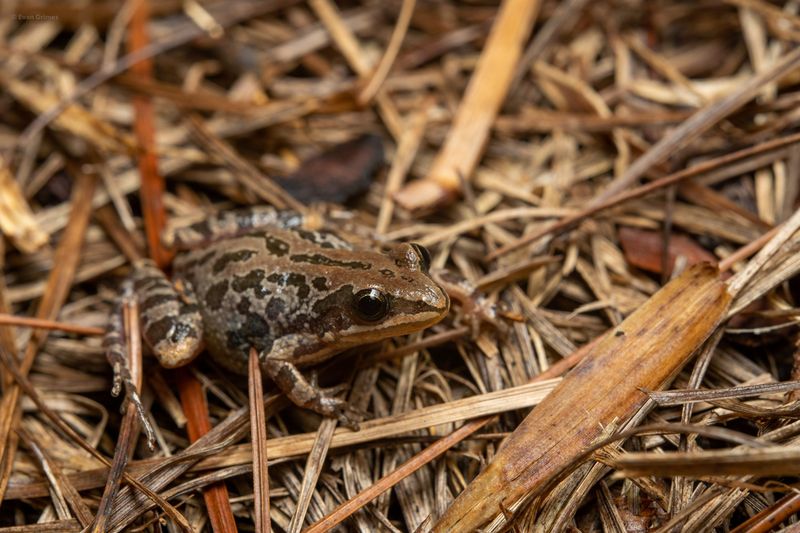
This tiny amphibian, the Southern Chorus Frog, can easily go unnoticed unless you’re listening closely. It serenades with a series of clicks, blending into the chorus of its habitat.
Camouflaged among fallen leaves, it’s a sneaky little performer. Each frog is a soloist in this natural orchestra, making sure the environment remains lively.
These frogs are not just singers; they are vital in controlling insect populations. Next time you’re in the South, listen for their catchy tunes!
4. Boreal Chorus Frog

The Boreal Chorus Frog isn’t one for the spotlight, but its call is unmistakable – a rising trill that fills the air. Found in damp, mossy areas, it wears dark stripes that make it look like a tiny forest ranger.
These frogs are incredibly hardy, able to survive in colder climates where others dare not tread. They play a crucial role in the food web, controlling insect populations. Their song is the soundtrack of spring!
5. Spring Peeper
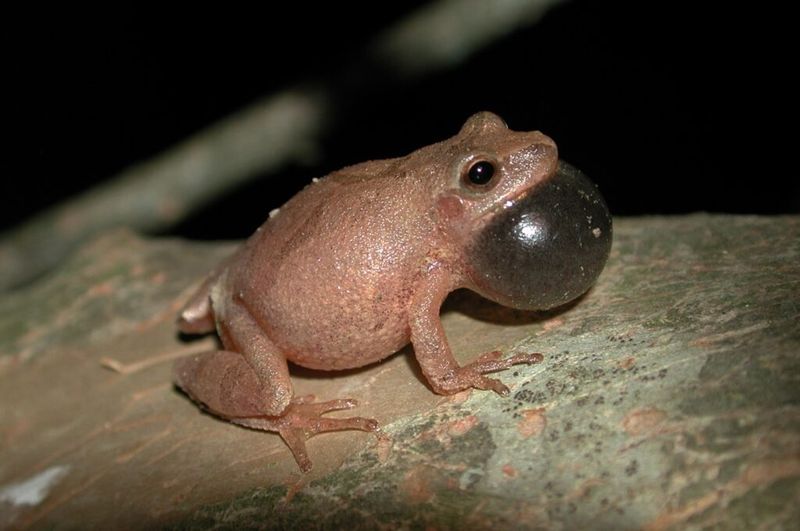
Spring Peepers are the heralds of the season, with their peeping call echoing like a chorus of tiny bells. They are small, but their voices herald the change of seasons.
Look for their signature ‘X’ mark, as if they’ve signed their work of art. These frogs are early risers, waking up before most of their peers.
They thrive in wetlands, where they play a vital role in controlling insect populations, ensuring a balanced ecosystem.
6. Western Chorus Frog
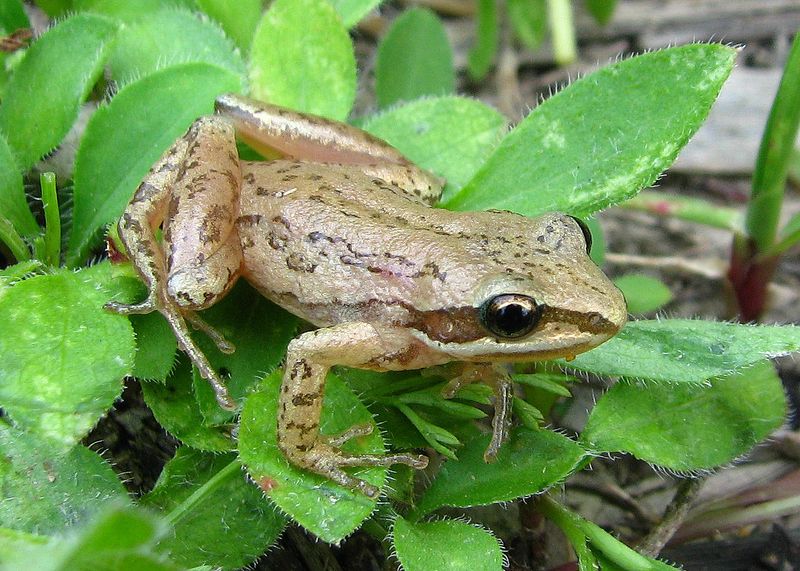
The Western Chorus Frog may be small, but it’s a hearty survivor, capable of enduring snowy landscapes. Its three dark stripes are its badge of honor, a sign of its resilience.
Found in wetlands, this frog contributes to pest control, helping plants flourish. Its call, a rising and falling trill, adds music to the silence of cold mornings.
These frogs are the unsung heroes of their habitat, quietly ensuring nature’s balance.
7. Cricket Frog
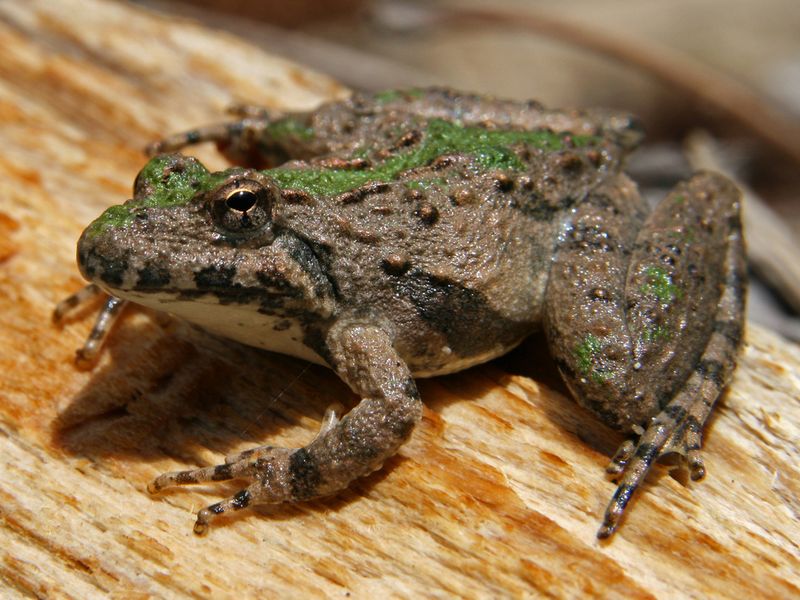
Ever seen a pebble skip across the water? Meet the Cricket Frog, which leaps with such zest you’d think it’s playing. These frogs are tiny acrobats, their warty skin and bright green stripe making them stand out.
They live in ponds and streams, where their energetic jumps make them look like nature’s own circus performers.
Quick to escape predators and important for insect control, they keep the ecosystem lively and balanced.
8. Dusky Gopher Frog
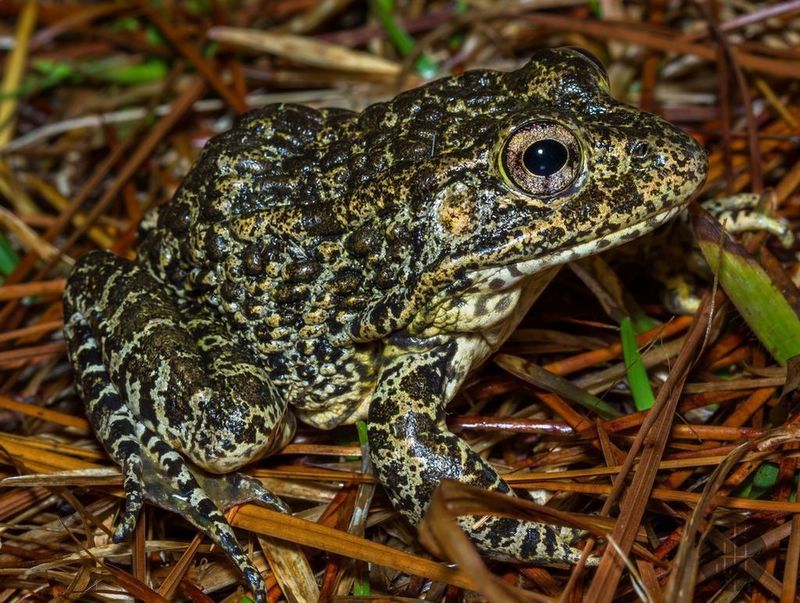
The Dusky Gopher Frog is a master of disguise, blending into its sandy, burrowed home. It’s so rare that spotting one feels like finding a hidden gem.
These frogs are nocturnal, preferring the cover of night to explore. Their rough skin is a camouflage masterpiece, protecting them from predators.
By day, they hide out, emerging at night to manage insect populations. They’re not just rare; they’re an essential piece of their ecosystem.
9. California Tree Frog
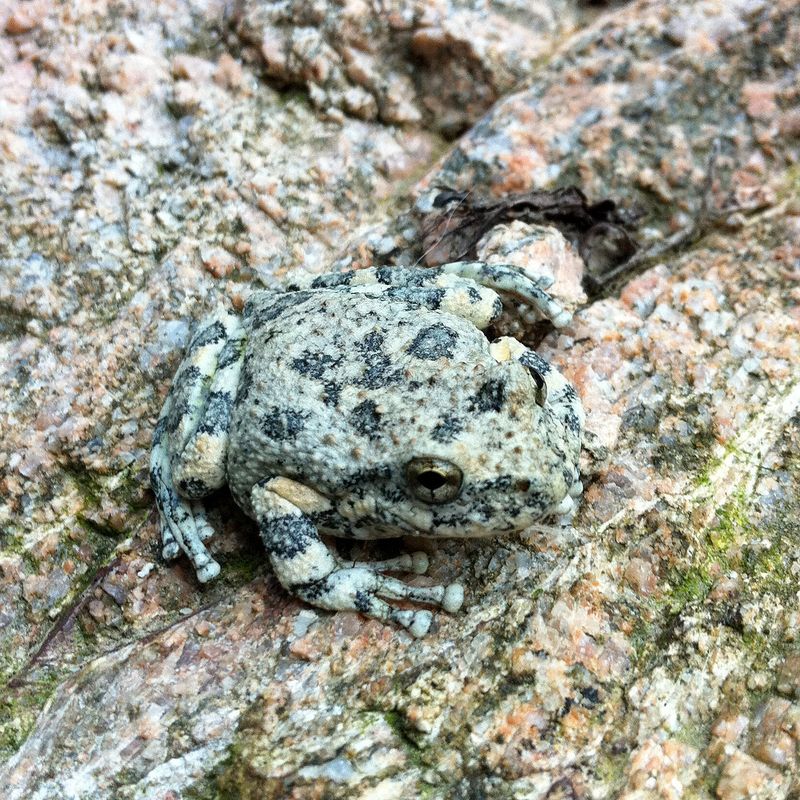
If you’ve ever thought about climbing rocks, the California Tree Frog might just be your spirit animal. These little climbers are found in rocky creeks and canyons.
Their earthy tones make them masters of disguise among stones. Agile and quick, they dash from rock to rock, mastering the art of stealth.
Despite their small size, they handle insect control like pros, ensuring the rocky landscapes remain vibrant and healthy.
10. Red-Bellied Newt
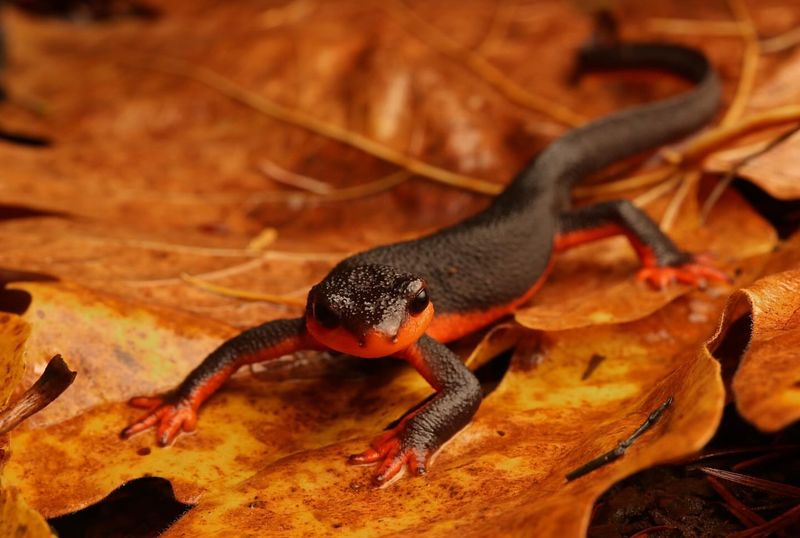
With a flash of red on its belly, the Red-bellied Newt is nature’s warning sign. Found in damp forests, this amphibian is both beautiful and bold. Its bright underside is a warning to predators: “I’m not a snack!”
These newts are slow-moving, but they play a critical role in their habitat, consuming small invertebrates.
Their presence helps maintain a balanced ecosystem, making this showy little amphibian a key player in nature’s game.
11. Texas Blind Salamander
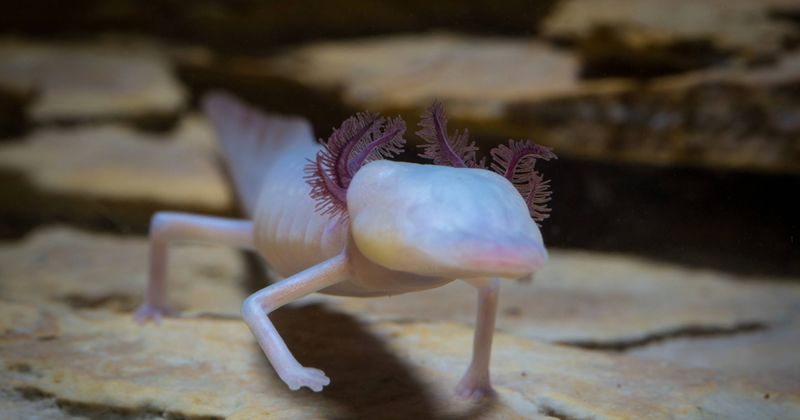
The Texas Blind Salamander is a ghostly figure of the underground world. With skin as pale as moonlight and no eyes, it’s perfectly adapted to cave life.
Despite its eerie appearance, it’s a crucial part of the ecosystem, playing a role in nutrient cycles within its watery cave environment.
This salamander’s life is a testament to nature’s adaptability, showing us how life finds a way even in the darkest places.
12. Hellbender
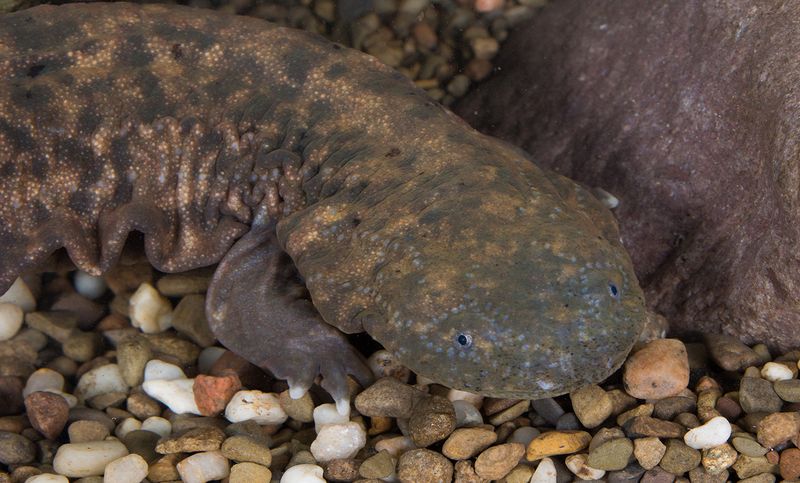
Don’t let the name fool you; the Hellbender is one cool customer. These large salamanders are masters of the water, their flat bodies gliding effortlessly through clear, swift streams.
Known as the stream’s gentle giants, their presence indicates a healthy ecosystem. Despite their size, they’re elusive and rarely seen.
These amphibians are crucial for aquatic health, managing fish and insect populations, proving that ‘hellish’ creatures can be quite heavenly for the environment!
13. Green Salamander
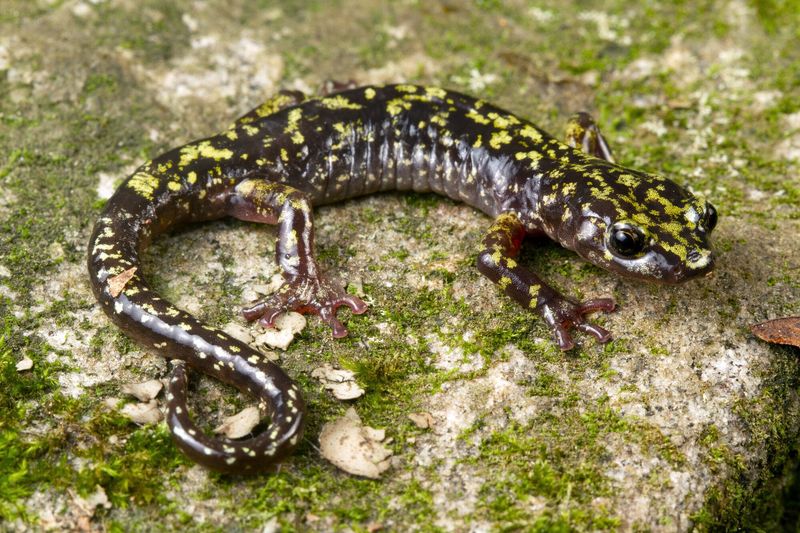
The Green Salamander is a master of disguise, resembling a piece of lichen on a rock. Found in the Appalachian Mountains, this salamander is a shy artist of the natural world.
Its thin, flat body is perfect for slipping into crevices, hiding from predators. Though elusive, its role in maintaining ecological balance is significant, as it quietly contributes to insect population control.
It’s a secretive guardian of its mossy domain.
14. Oak Toad

Meet the Oak Toad, the smallest of North American toads. It’s like the pocket edition of its larger cousins. This toad’s vibrant orange stripe is its signature style, perfect for a sandy pine forest runway.
With a cheerful chirp, it might catch your attention, though you’d have to look closely to spot it!
While it may be small, it’s a key player in pest control, munching away on insects that threaten plants. Nature’s little gardener!
15. Mudpuppy
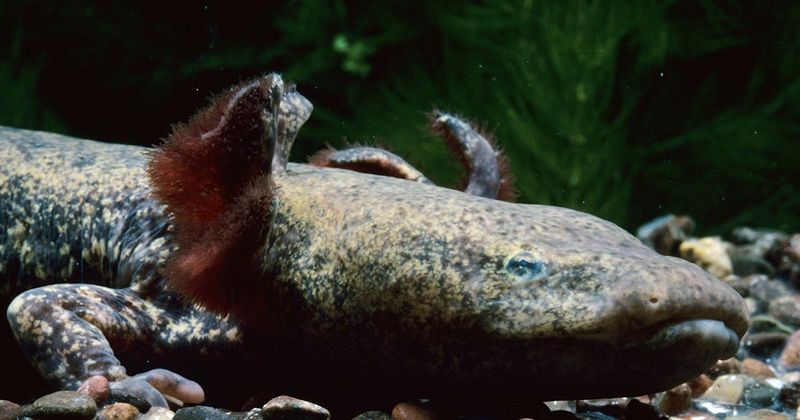
The Mudpuppy is an aquatic wonder, living life entirely underwater. With bushy external gills, it looks like a mythical creature from a fairy tale.
Found in rivers and lakes, it thrives in murky waters where it hunts for food. While it might look strange, it’s vital for the ecosystem, keeping fish and insect populations in check.
This salamander’s existence is a reminder of the mysteries hidden beneath the water’s surface.
16. Four-Toed Salamander
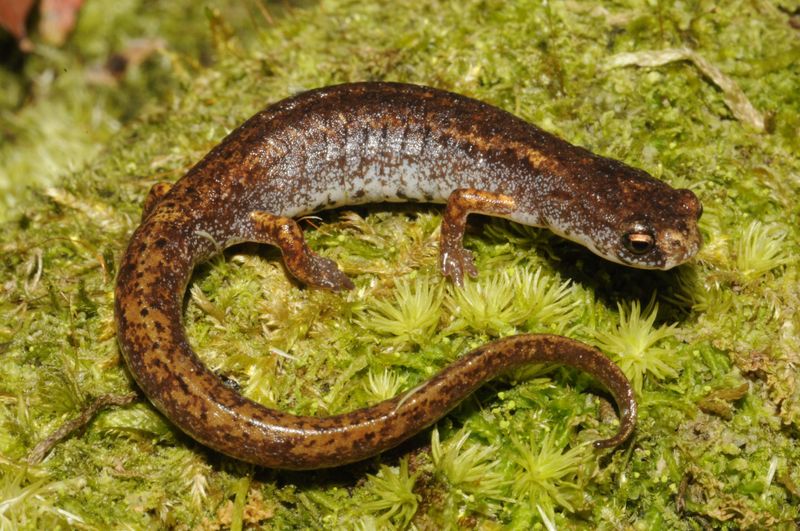
The Four-toed Salamander is a small but mighty forest dweller. With its distinctive four toes on each hind foot, it stands out among its peers.
These salamanders love a good mossy log, where they lay their eggs. They might be tiny, but their role is big, contributing to forest health by managing insect populations.
This salamander is a testament to the wonders of adaptation, showing that even the smallest creatures have a significant impact.

